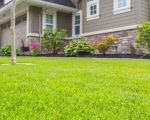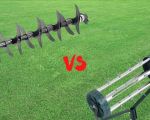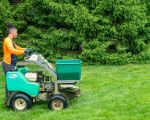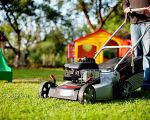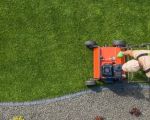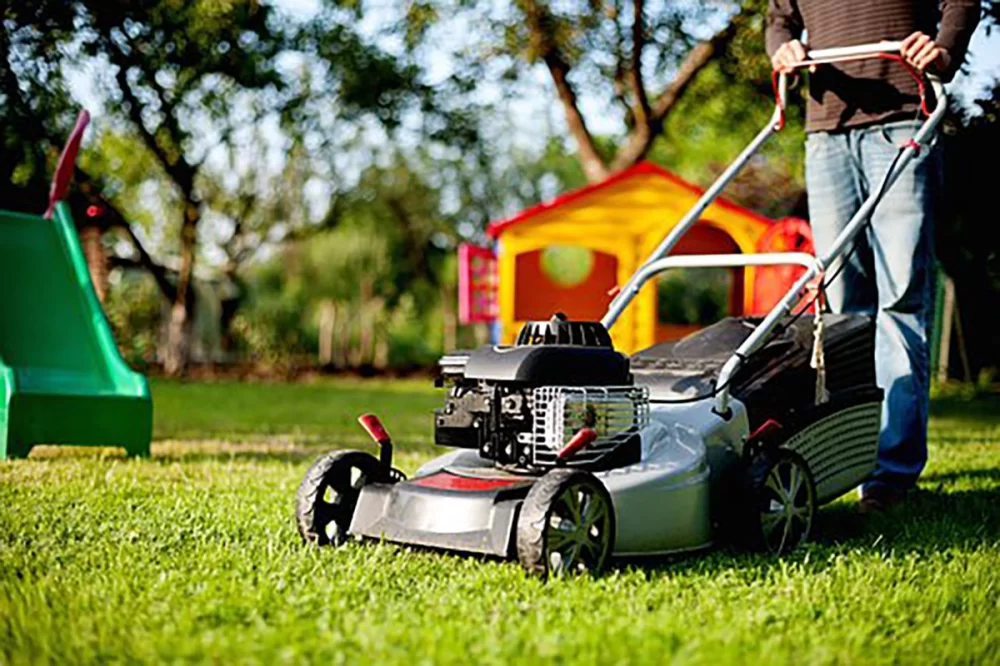
- Understanding-Your-Lawn-Needs
- Effective-Mowing-and-Watering-Techniques
- Soil-Care-and-Fertilization-Strategies
- Weed-and-Pest-Management
- Using-Professional-Resources-to-Enhance-DIY-Efforts
1. Understanding Your Lawn Needs
Before diving into any DIY lawn care project, it’s essential for homeowners to fully understand their lawn’s specific needs. Lawns vary widely depending on grass type, soil quality, and climate conditions. Taking the time to identify these factors helps you tailor your maintenance approach effectively.
For example, cool-season grasses like fescue require different care compared to warm-season grasses such as Bermuda. Knowing your lawn type allows you to select appropriate fertilizers, watering schedules, and mowing heights. A simple soil test can reveal pH levels and nutrient deficiencies, guiding better fertilization choices.
Understanding your lawn’s needs not only saves time and resources but also ensures a healthier, greener outdoor space that lasts through seasons.
1.1 Assessing Environmental Factors
Consider sun exposure, drainage, and foot traffic patterns in your yard. Lawns with heavy shade might benefit from shade-tolerant grass species or integrating ornamental ground covers. Identifying problem areas early allows you to focus care where it matters most, preventing long-term damage.
2. Effective Mowing and Watering Techniques
One of the simplest yet most impactful DIY lawn care tips is mastering mowing and watering. Regular mowing encourages grass to grow thick and healthy, but cutting too short can stress the lawn. A good rule of thumb is to never remove more than one-third of the grass height at a time.
Watering should be deep and infrequent rather than shallow and frequent. This practice encourages deep root growth, making your lawn more drought-resistant. Early morning watering reduces evaporation loss and fungal diseases.
2.1 Choosing the Right Mower and Watering Tools
Selecting a mower that suits your lawn size and terrain makes maintenance easier. For watering, consider installing a sprinkler system with a timer to automate consistent watering, saving both water and effort.
3. Soil Care and Fertilization Strategies
Healthy soil is the foundation of a thriving lawn. Aerating your lawn periodically helps alleviate soil compaction, improves oxygen flow to roots, and enhances water absorption. Combining aeration with overseeding revitalizes thinning areas.
Fertilization is critical, but over-fertilizing can harm your lawn and the environment. Use slow-release fertilizers suited to your grass type and apply according to seasonal needs. Organic options provide nutrients while improving soil health over time.
3.1 Incorporating Mulch and Compost
Adding mulch around trees and flower beds and top-dressing your lawn with compost enriches soil nutrients naturally. These organic amendments boost microbial activity, improving the lawn’s resilience to stress and disease.
4. Weed and Pest Management
Weeds and pests can quickly undermine your lawn’s health if left unchecked. The best DIY approach combines prevention and early intervention. Maintaining a dense, healthy lawn through proper mowing, watering, and fertilization naturally suppresses weed growth.
For pest control, identify the specific pests affecting your lawn. Some may require targeted organic treatments, while others might call for professional intervention. Always read product instructions carefully and apply treatments responsibly.
4.1 Integrated Pest Management Practices
Consider using integrated pest management (IPM) strategies that combine biological, cultural, and mechanical controls before resorting to chemicals. Encouraging beneficial insects, such as ladybugs, can help keep pest populations in check naturally.
5. Using Professional Resources to Enhance DIY Efforts
While DIY lawn care empowers homeowners, some challenges require professional insight. Lawn Care Services provides expert advice, quality products, and services tailored to your lawn’s needs. Whether it’s soil testing kits, specialized fertilizers, or pest control products, their resources complement your efforts and help you achieve a lush, healthy lawn.
One homeowner shared how consulting Lawn Care Services helped transform a struggling lawn with targeted aeration and a customized fertilization plan. Combining professional guidance with DIY dedication made all the difference.
Taking advantage of these professional resources enhances your lawn care strategy, making your investment in time and effort more effective and rewarding.

